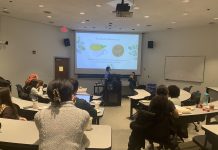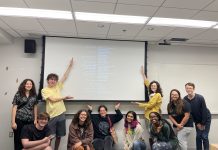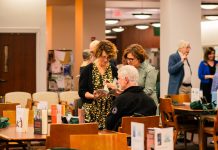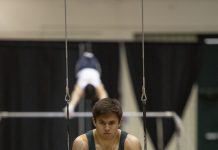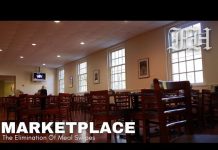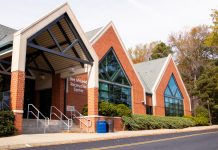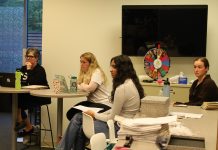The Board of Visitors’ Committee on Buildings and Grounds met Thursday morning to discuss renovation plans around the College of William and Mary’s campus, some of which were impacted by the recent raising of the state’s debt limit.
“We have spent this past decade building a tremendous amount of buildings,” Vice President for Administration and Buildings and Grounds committee member Anna Martin said. “We’re really in a period that we’re not building any new buildings, but we do need funding for replacement of buildings.”
First on the list of renovations: the environmentally friendly makeover of the Lodges.
“Sustainability is a huge issue on this campus,” Martin said. “This came together as a happy collaboration as a way you can get these smaller homes renovated and … be a resource to the community.”
According to Martin, the Lodges, originally built in 1947, are in need of renovations.
The Lodges will be converted — one by one — into the new “Eco-Village,” with each house utilizing a different energy-saving building technique.
Martin also outlined the College’s plan to install a series of solar arrays in the area between the current Lodges and the Sadler Center. These arrays, she said, will provide the Eco-Village with additional power and serve as a visual reminder of the College’s environmental efforts.
The committee also discussed the scheduled construction of new fraternity housing.
The 11 new buildings will be located in the area currently used for fraternity parking to the west of the units and in nearby Yates field. The houses will vary between three separate but comparable floor plans, Martin said.
The move-in date for the new fraternity housing is the fall of 2013.
Resolutions to the state of Virginia’s debt limit have pulled the plans for Tucker Hall out of a financial limbo. On Monday, the state approved the use of $1.5 million for demolition of the former English building and for the working plans for its replacement.
The state also approved an additional $4.8 million to be used for the construction of the third phase of the Integrated Science Center.





